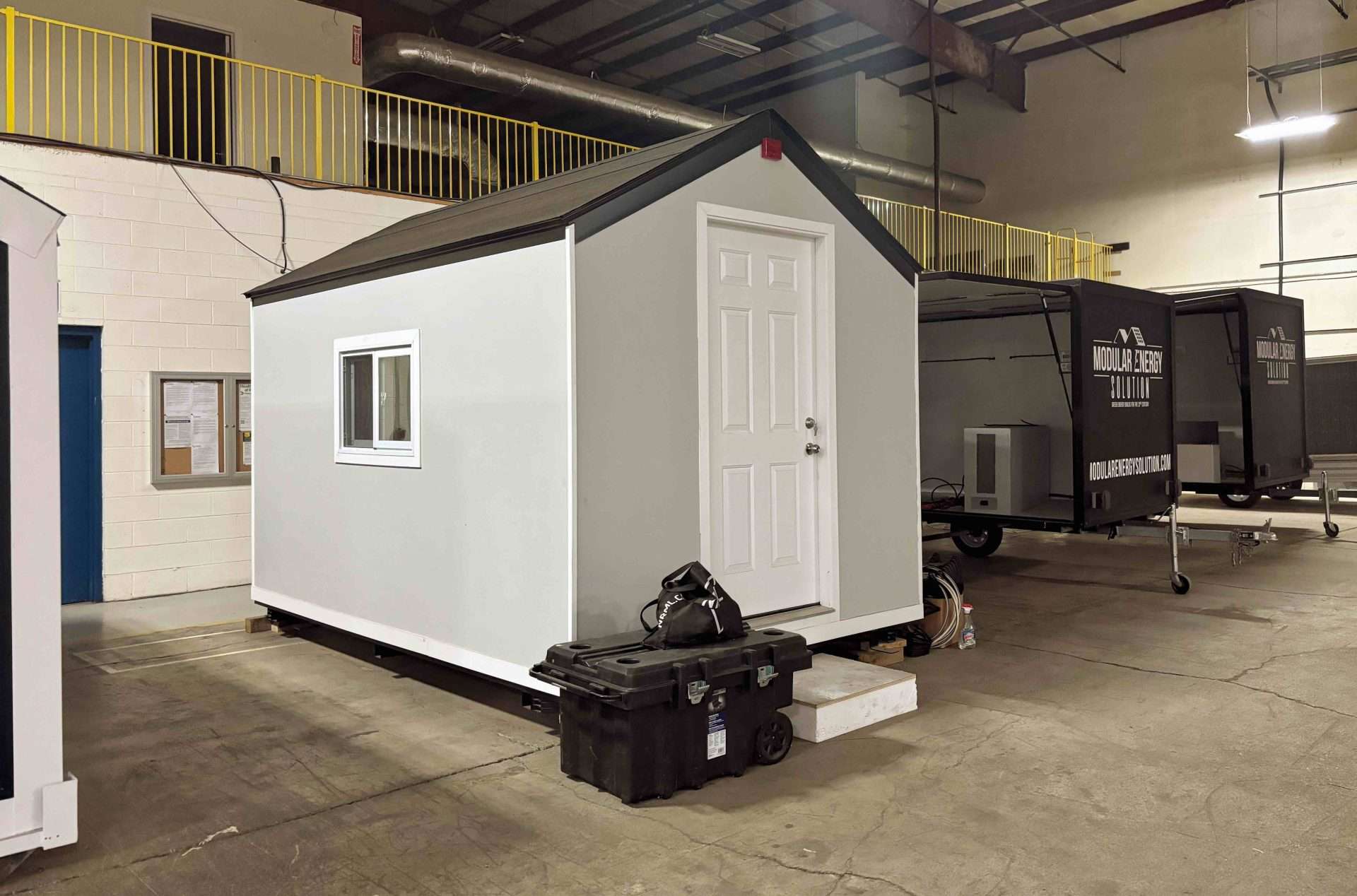Copyright Forbes

According to Randstad’s 2025 Workmonitor report, 62% of employees globally now hide aspects of themselves at work, a sharp increase from 55% the previous year. Even Gen Z, known for championing authenticity online, is the most likely to hide at work. The rise in self-censorship reflects a fundamental breakdown in trust. With 44% of workers quitting due to toxic cultures and over 80% saying belonging improves performance and well-being, the cost of inauthenticity is disengagement, turnover and lost innovation. Here are five reasons employees hide their true selves at work and how to bring authenticity back. 1. Fear Of Judgment And Backlash Employees worry that revealing personal beliefs, identities or even casual details could trigger criticism or bias. In today’s climate of strong opinions and constant online scrutiny, workers have learned that oversharing can have consequences. This fear shows up in subtle but pervasive ways: Employees avoid mentioning political views, religious practices or family structures Some modify their appearance, speech patterns or interests to fit perceived norms Workers self-censor in meetings and carefully curate desk decorations to avoid revealing personality Leadership takeaway: Encourage curiosity and respect for differing perspectives. Foster safety for respectful disagreement and show, through your actions, that diversity of thought is supported, not penalized. MORE FOR YOU 2. Decline In Psychological Safety Less than half of workers trust their employer to create environments where people can be themselves. When feedback is dismissed or punished, employees learn that it’s safer to stay silent than to speak the truth. Psychological safety is the foundation of authentic workplaces. Without it, people trade openness for self-protection. They stop proposing innovative ideas that might be criticized They avoid admitting mistakes that could be held against them They refrain from asking questions that might make them look uninformed Nearly a third of employees have left organizations because they disagreed with leadership’s views, proof that many would rather walk away than risk authenticity in unsupportive environments. Leadership takeaway: Psychological safety requires consistent listening and follow-through. Reward employees for sharing honest perspectives, not just positive outcomes. Create regular forums for feedback and publicly recognize those who challenge the status quo constructively. 3. Generational Sensitivity To Consequences Gen Z grew up seeing how one online mistake can damage a career. As the newest and least established group in many organizations, they worry about being labeled “difficult” if they speak up or stand out. Their comfort with social media has also made them cautious, as they know visibility comes with risk. Entering the workforce in an age of constant accountability and permanent digital footprints, many believe the cost of authenticity is too high. The irony is that the generation most celebrated for being real online is often the most guarded at work. Leadership takeaway: Build career safety nets through mentorship programs, regular feedback loops and support for respectful disagreement. Create entry points for employees to share ideas without high-stakes pressure. 4. Misalignment Between Stated Values And Reality Workers hear leaders talk about authenticity but see conformity rewarded instead. When culture doesn’t match what’s being said, trust quickly erodes. With 59% of workers saying their company isn’t doing enough to promote fairness, it’s easy to spot the difference between genuine effort and performance. When leaders preach authenticity but model sameness, the unspoken message is that you can be yourself, but only to a point. Leadership takeaway: Align words with daily actions. Authentic workplaces demonstrate fairness and transparency in hiring, promotions and decision-making. Audit your practices regularly. Ask who gets promoted and whose ideas are heard. Let data, not intentions, guide improvement. 5. The Pressure To Perform And Conform Many organizations still mistake vulnerability for weakness and expect constant positivity. The push to appear perfect leaves little room for authenticity, forcing employees to hide parts of themselves that don’t fit narrow ideas of what’s “professional.” This pressure fuels performance anxiety. Workers feel compelled to project confidence at all times and avoid showing uncertainty or struggle. The traditional view of professionalism rewards compartmentalization—keeping emotions and personal challenges separate from work. But that separation comes at the cost of burnout, disconnection and lost creativity. Many employees say they hide health issues or caregiving responsibilities not because these affect performance, but because admitting them feels risky. Leadership takeaway: Redefine professionalism to include honesty, empathy and emotional awareness. Model this by acknowledging your own challenges and making it safe to set boundaries or ask for flexibility. What Leaders Can Do Building authentic cultures requires sustained commitment and visible behavior from the top: Model vulnerability by sharing mistakes and growth moments. When leaders admit they don’t have all the answers, it shows that perfection isn’t the expectation. Encourage honest feedback by asking, “What could we do better?” and acting on responses. Close the loop by explaining what actions you’re taking. Make belonging visible through action. Track promotion rates, pay equity and speaking time in meetings. Share progress transparently. Reward courage when employees speak up respectfully. Recognize truth-tellers in performance reviews and promotions. Set the tone early by embedding psychological safety into onboarding. From day one, employees should know that belonging is a core value backed by clear practices. What Employees Can Do While leaders have the most power to shape culture, employees can take steps to show up more genuinely: Start small by sharing values or interests that align with your work. Begin with low-stakes authenticity, such as mentioning a hobby or sharing a perspective in meetings. Find allies among mentors or peers who make you feel safe. These relationships provide support as you navigate workplace culture. Set boundaries. Authenticity doesn’t require full transparency. You decide what parts of yourself to share and what to keep private. Ask for clarity when norms feel unclear. Instead of assuming you need to hide, ask, “How does this team handle disagreement?” Lead by example. Authenticity is contagious. When you show up genuinely, you make it easier for others to do the same. Why Authenticity Still Matters The workplace authenticity crisis shows that employees want to be genuine, but many don’t trust that being real is safe. With work-life balance now surpassing pay as the top motivator for the first time in Workmonitor’s 22-year history, people are asking for more than compensation. They want workplaces where they can show up as themselves. Authenticity isn’t a perk. It’s what keeps people inspired, engaged and committed. Enjoyed this article? I share weekly tools and inspiration to help professionals escape burnout, make confident career changes and design work that feels purposeful.



